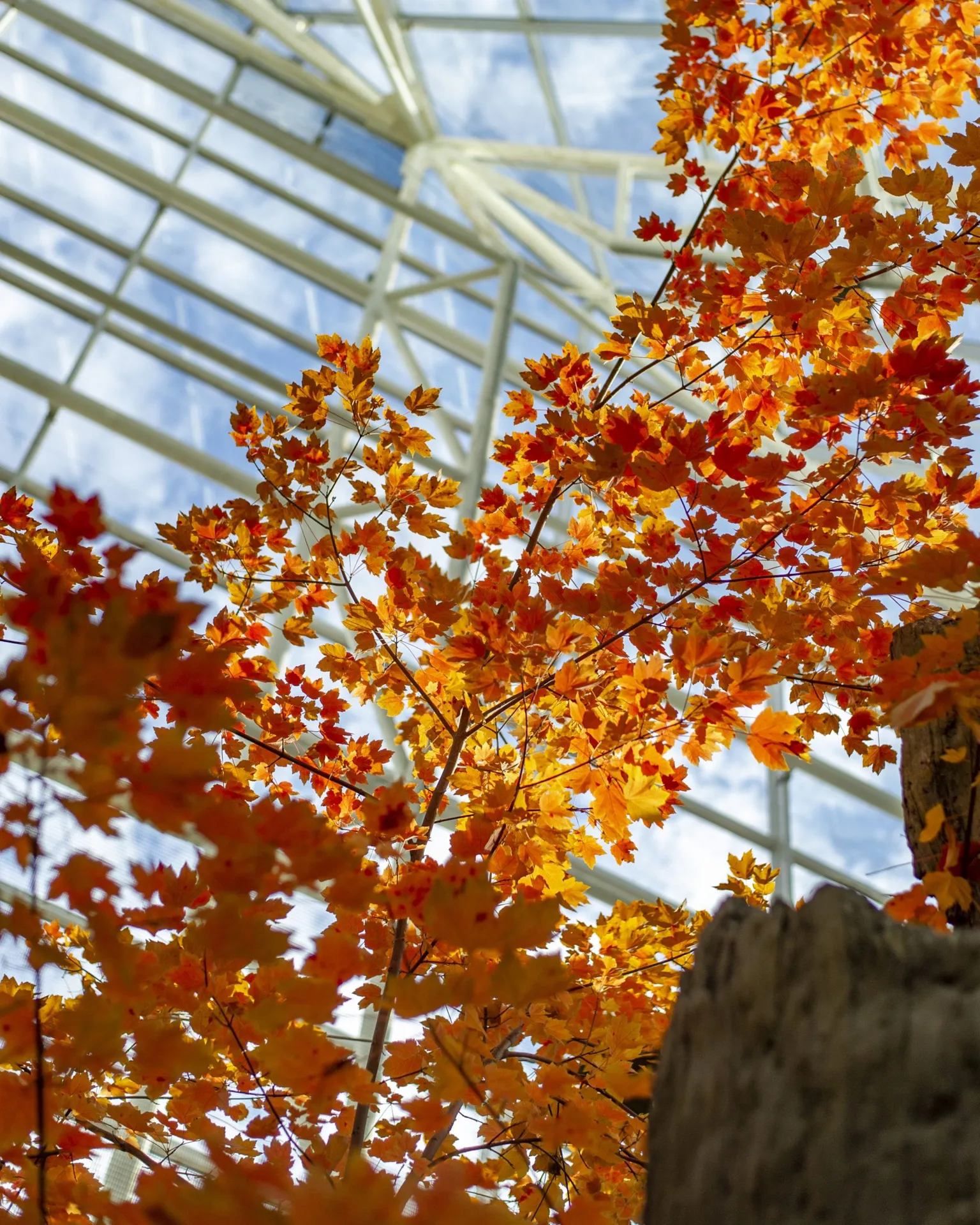Local experts are predicting a colorful leaf season in East Tennessee thanks in part to the area’s significant rainfall and recent mild temperatures.
“I feel like we should have a nice fall color season, just based on the weather that we’ve had,” says Tennessee River Gorge Trust Executive Director Rick Huffines.
An avid outdoorsman, Huffines has already observed species like Hickory and Black Gum trees making colorful early changes.
“That indicates to me — when I see them looking as colorful and holding their leaves like they are — that we’ll probably have a pretty good season this year,” he says.
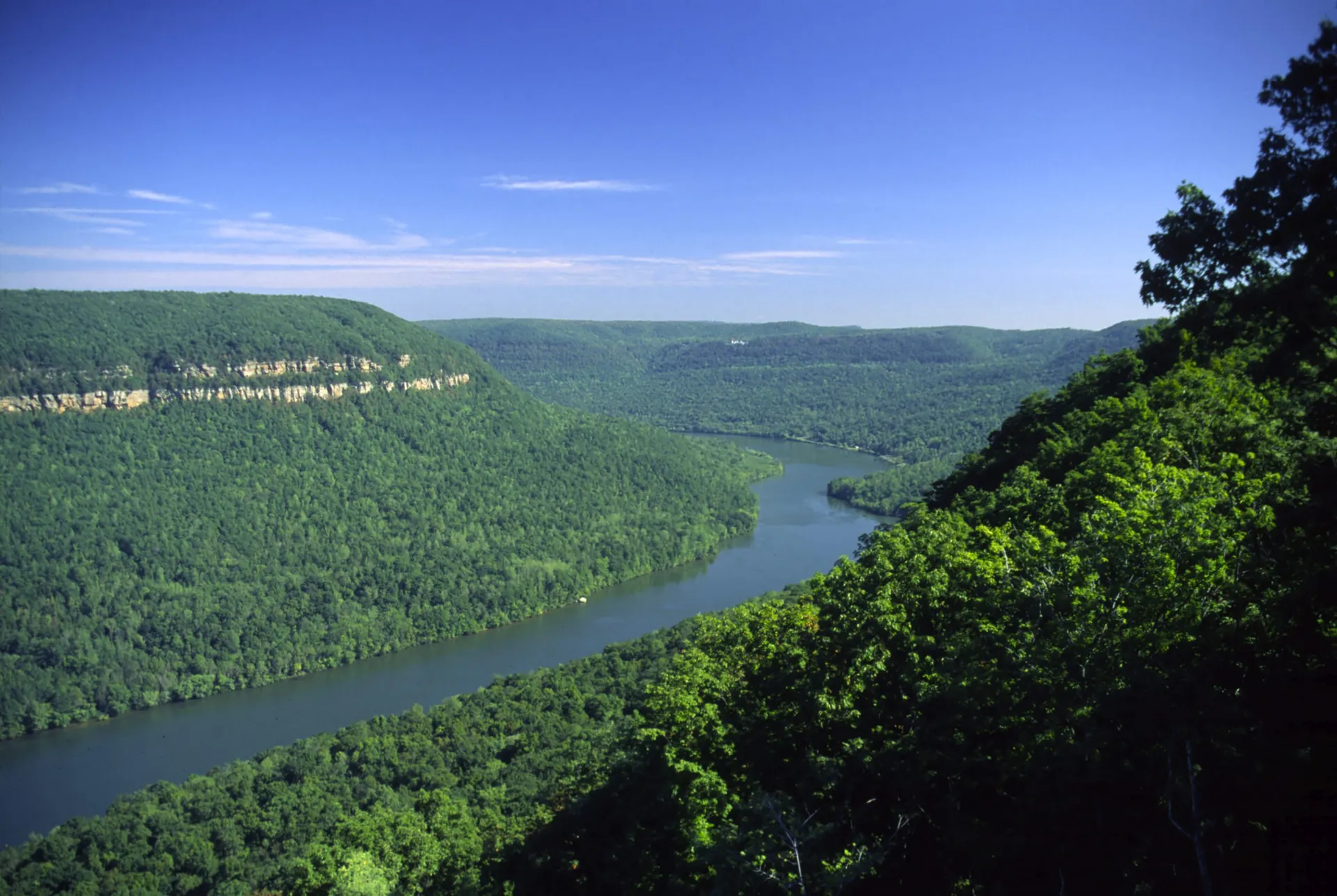
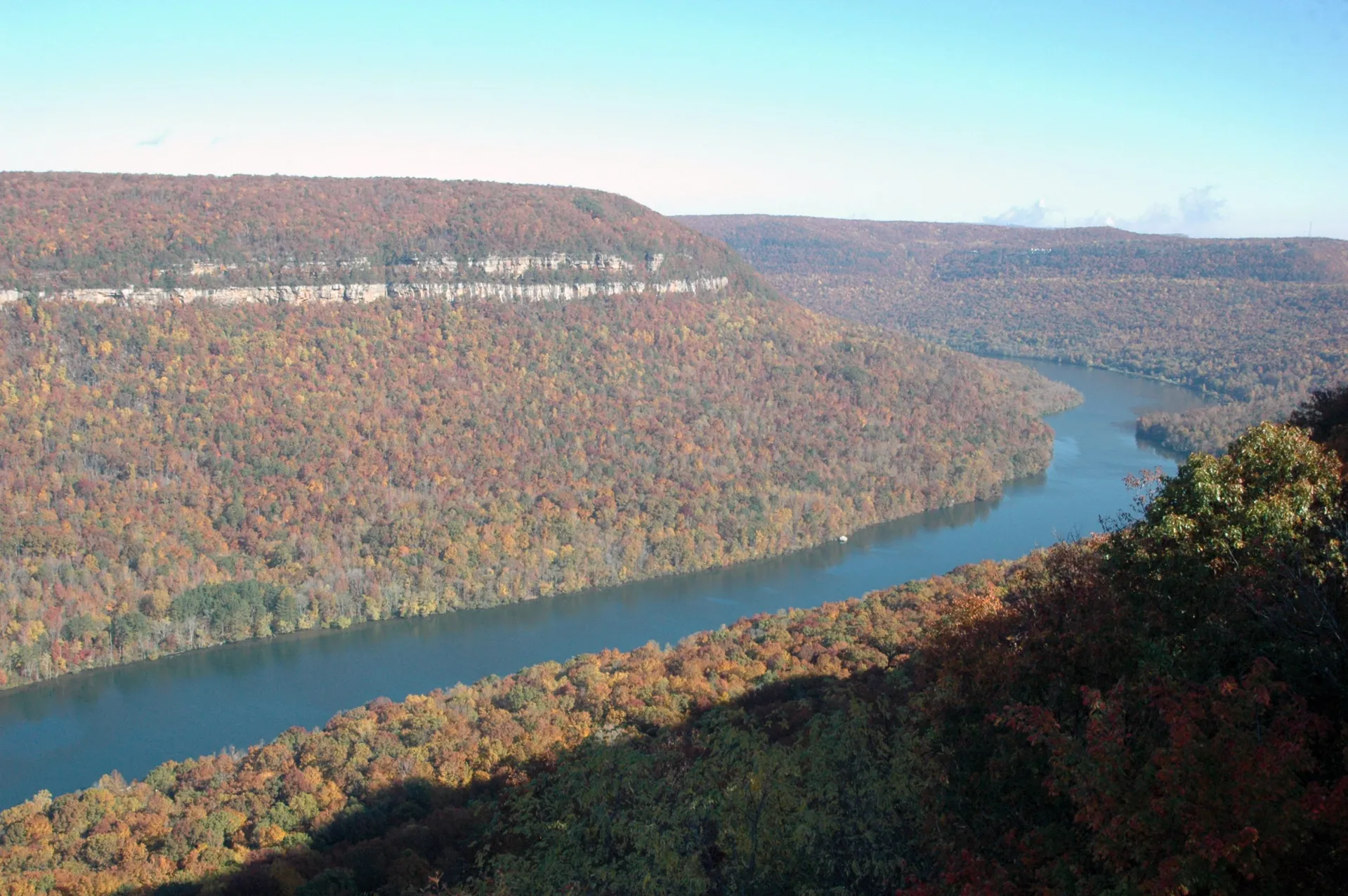
That same forecast doesn’t necessarily hold for the rest of the country.
As extreme weather events such as significant droughts, heat waves and severe thunderstorms become more common, the popular autumn hobby of leaf-peeping is in peril.
The seasonal change of a tree’s leaves from green to orange, yellow and red is induced by environmental factors like moisture, temperature and day length. Plenty of rain helps to keep leaves from scorching and falling prematurely, and sunny days with cool nights in the fall help to coax the gradual color changes that extend leaf season.
“I think we’re probably looking at around the end of October for the peak,” says Tennessee Aquarium Native Landscape Technician Jenna Paler about the local leaf outlook, “This year, that period might last a week or two.”
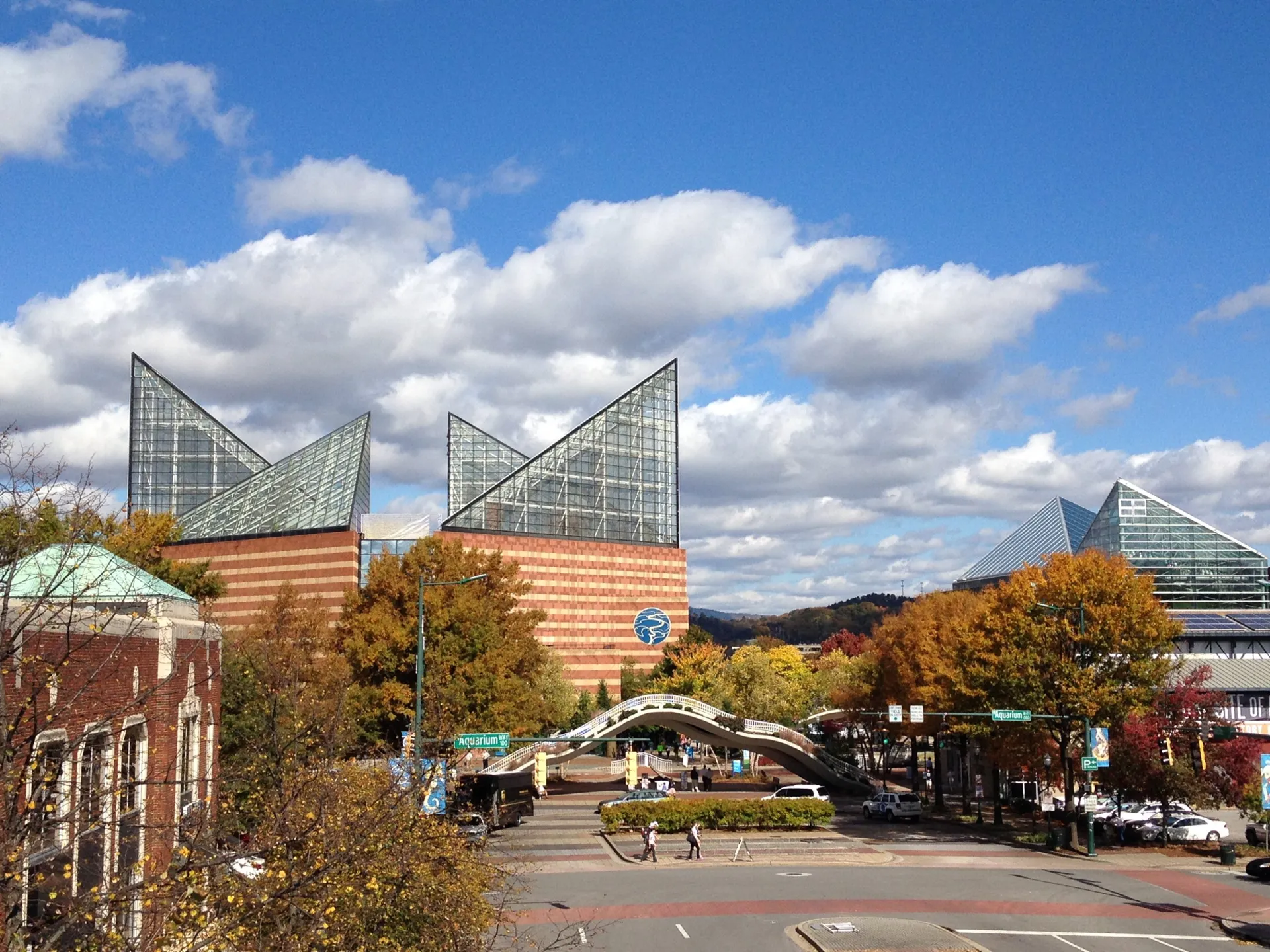
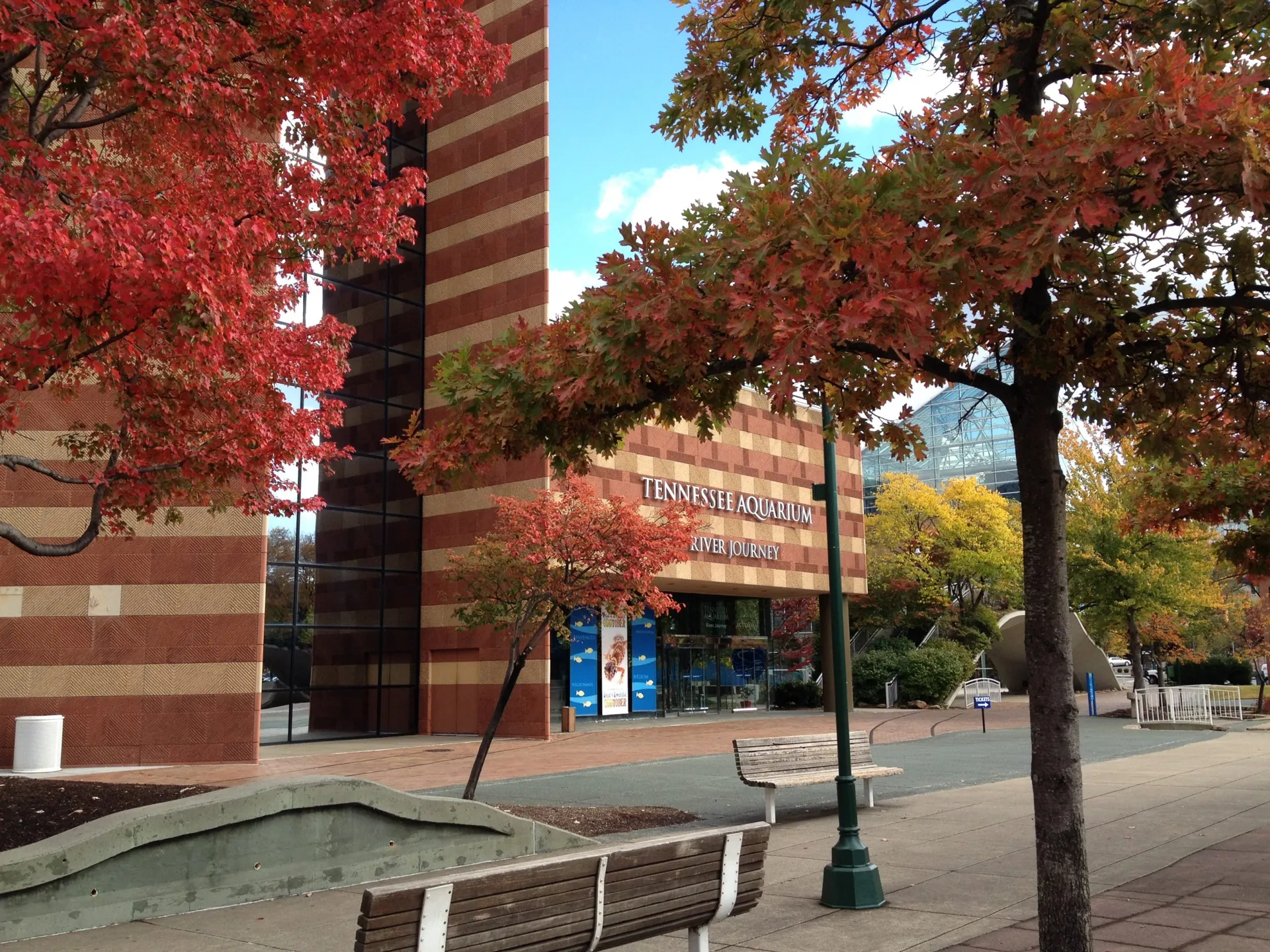
Leaf color changes begin when trees sense the days beginning to shorten.
“A lot of people think it’s all about temperature,” Paler says,” but plants also measure the length of light.”
As the days get shorter and temperatures drop, trees begin to transport nutrients to their root structure for storage in preparation for entering their dormant winter state.
The chemical chlorophyll, which gives a tree’s leaves their green color, begins to break down. This reveals their orange, yellow, red and purple pigmentation, which is generated by chemicals called carotenoids and anthocyanins.
Those color-giving chemicals are always present in the leaves but are masked by chlorophyll during the spring and summer months.
“The formation of those chemicals is dependent on a few things,” Paler says. “That’s temperature, moisture and sunlight. Depending on your weather around fall time, it’s going to affect the production of those.”
That’s why some years you see a lot of color from trees, and others bring more muted foliage. Temperatures remaining high well into the fall season can negatively impact these biological processes and cause leaves to remain green longer and experience shorter color changes.
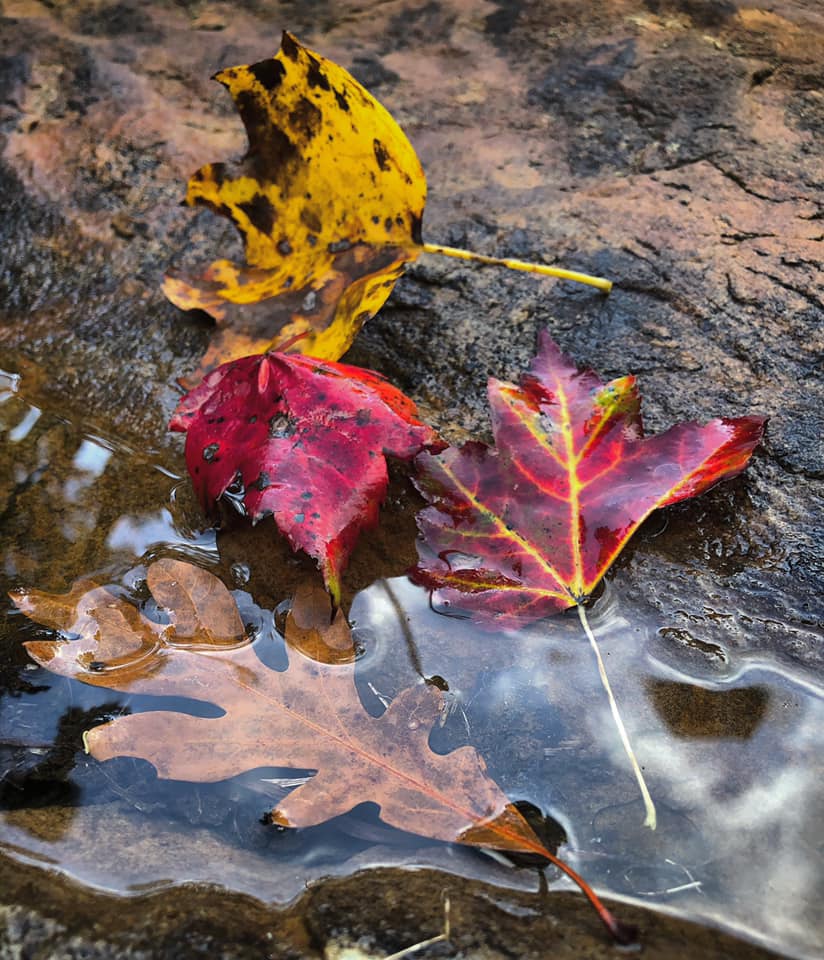

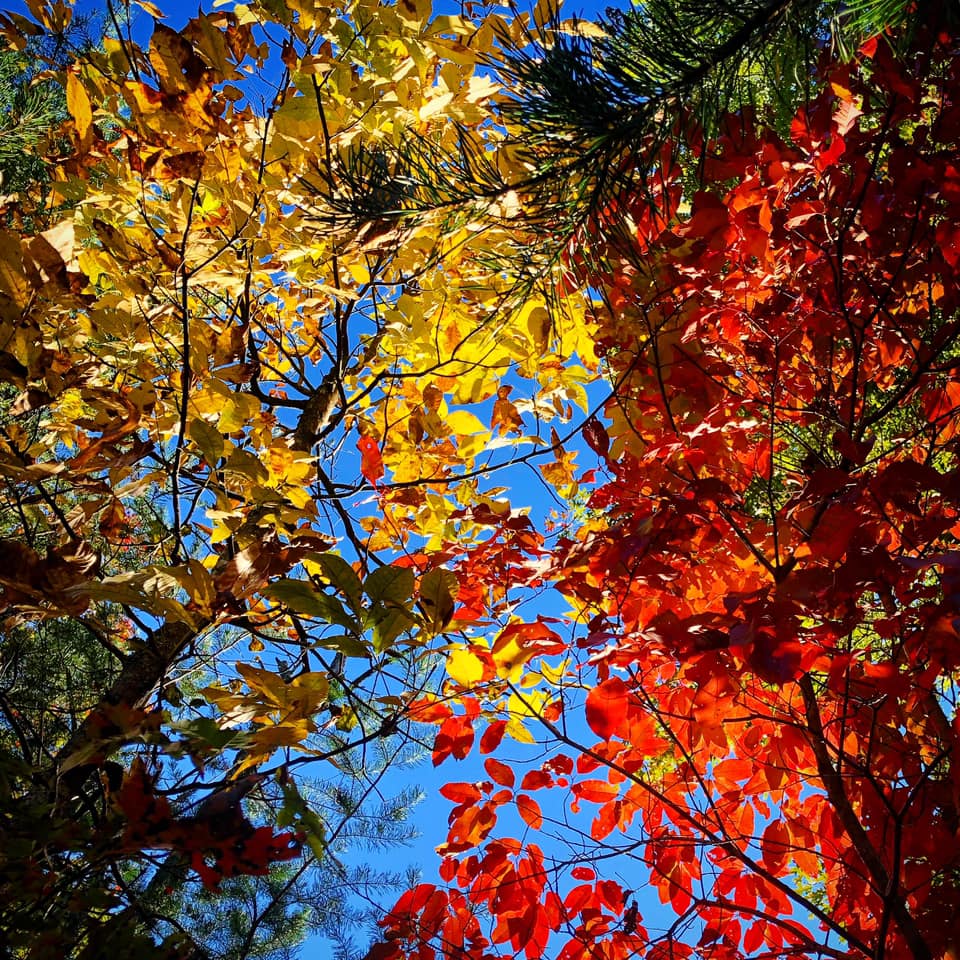
Another factor that contributes to a healthy leaf season is rainfall. With ample rain, trees are likely to retain more of their leaves into the fall and display more color. This year, the Chattanooga area has seen plenty of precipitation. As of mid-October, the region’s accumulated rainfall was 55.27 inches, which is about 12 inches more than the year-to-date average, according to the National Weather Service.
In drought conditions, leaves can get scorched and become brown and crispy before they’ve had the chance to change colors. Unusually high temperatures with drought conditions can exacerbate the problem.
Pervasive drought conditions in other parts of the country may result in an overall muting of their fall coloration this year. As these kinds of extreme weather events become more common, they will disrupt the normal routines that dictate a tree’s seasonal changes.
“When you start to have increases in temperature, drought, significant weather events like hurricanes, rainstorms and things like that, that’s very damaging to trees,” Paler says, “Those factors all affect their fall color.”
A heatwave in Oregon earlier this year led to a massive “foliage scorch,” according to an article by the Associated Press. This prolonged temperature spike caused many leaves to brown and fall well before the region’s usual timing for a seasonal color change.
Heatwaves, droughts and storms that prematurely remove leaves from trees all threaten leaf-peeping season. Despite a good outlook this year, however, East Tennessee is not immune to these gradual environmental changes.
“The colors seem to change a week or two later than say 20 years ago,” Huffines says. “The effects of climate change have had some effect, especially with regards to the timing of things.”
The threat is greater than just a less colorful autumn, though. Trees play a vital environmental role in the conversion of carbon dioxide into oxygen, erosion control and even temperature regulation, especially in cities, where they provide much-needed shade amid a concrete jungle, Paler says.
There also can be economic fallout from a diminished leaf season. With leaf peepers bringing billions of tourism dollars to regions like New England, climate change’s impact could affect the livelihood of communities that rely on a consistent and reliable fall season.
For Huffines, caring about leaf season is a way to get people to pay attention to the environmental changes happening around them.
“The colors draw us to come outside,” he says. “Use that as a reason to get yourself outside, and then you start to see and feel and hear the changes that are happening.
“By paying attention to temporal changes and making yourself more aware that the climate is changing, you can use those changes as indicators to maybe compel yourself to research more into what this means to us as human beings.”
